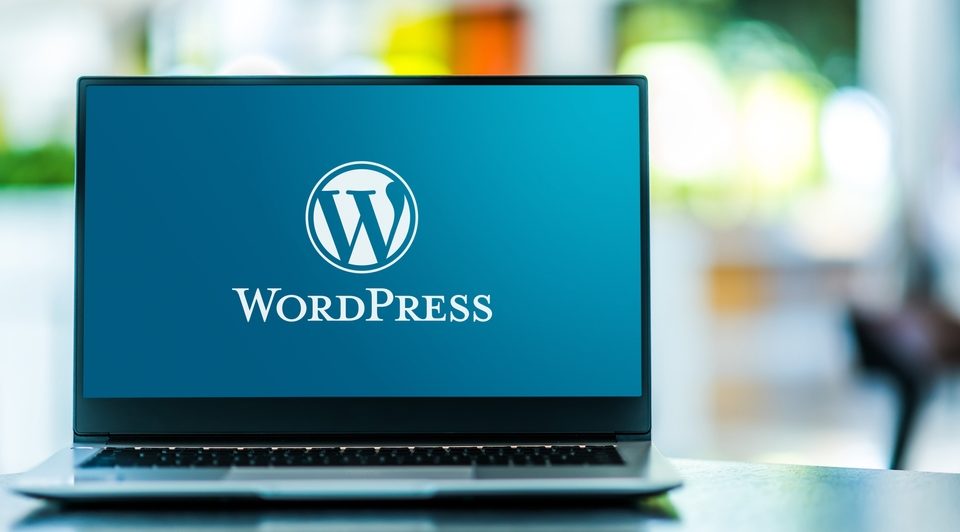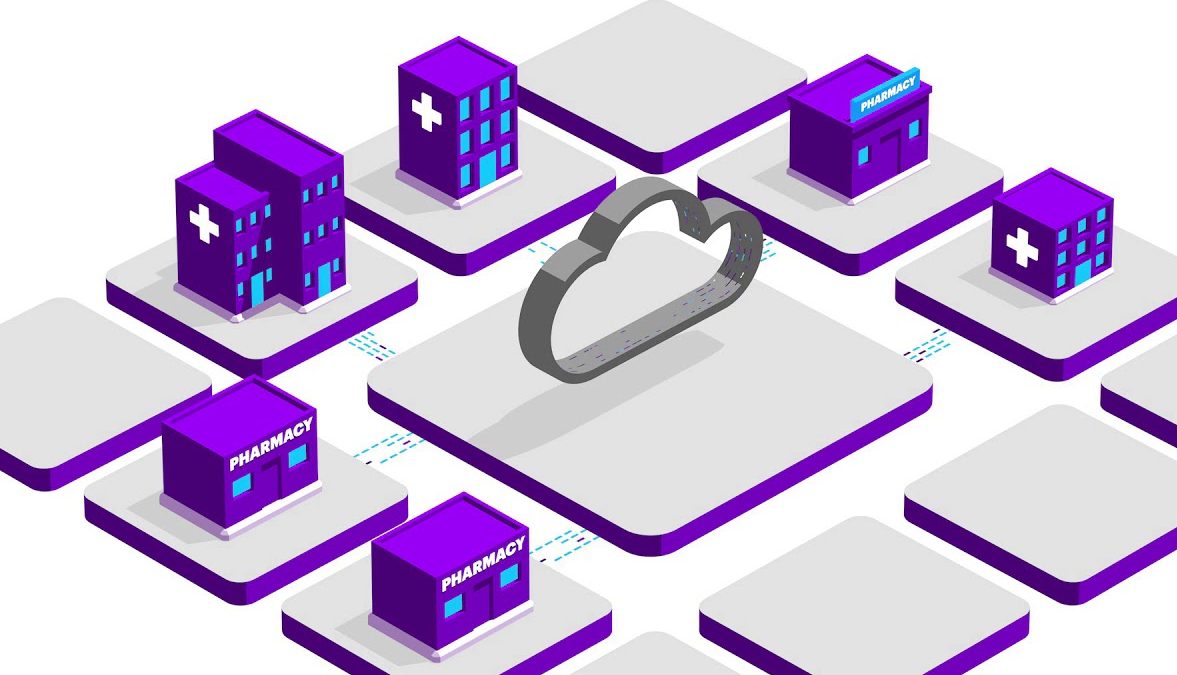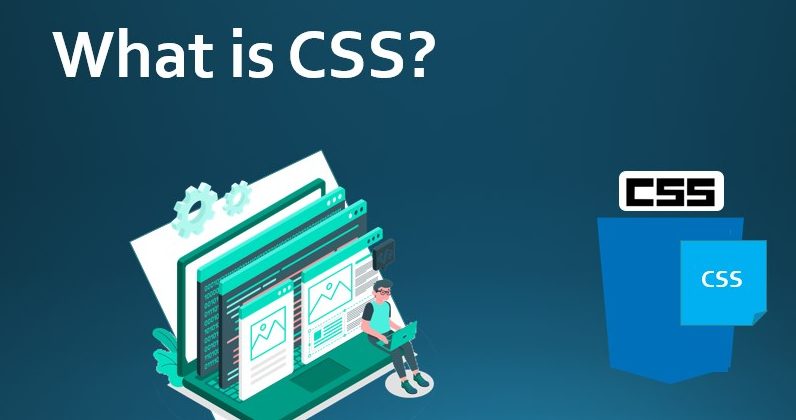Optimizing your WordPress site is very important if you want to get the best possible performance: traffic, conversions, visitor interaction, and a low abandonment rate. Under these conditions, there are a number of steps that must be taken to ensure that users have quick access to the site and the best possible browsing experience. Recommendations include a constant concern to find out what the latest performance boosters for your WordPress site are.
Achieving the best position in search engines and user preferences is at stake, which consists of many activities and implications. While the way WordPress is built ensures it adheres to SEO best practices, there is still room for much improvement to improve its performance. That is why we thought that in the following lines we would give a brief presentation of what needs to be done to be more successful in such an endeavor.
Optimizing and increasing the performance of your WordPress site
The measures to be taken with regard to the site, regardless of the technical platform used, are more and more numerous. Each of them contributes to the overall score in achieving good results in search engines and the best possible position in search lists.
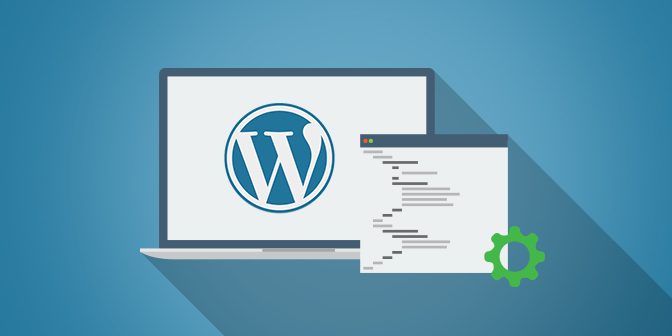
1. Perform a general performance test (periodically)
There are many details on which the performance of the site depends. These include loading speed, page size, browser cache, page redirects, image sizes, Javascript and CSS minification, security, SEO optimization, mobile usability, etc. Running such a test with a free tool like Website Grader or WebPageTest can help you get a clearer picture of what you need to do or ask your WordPress optimization and maintenance company. Currently, most traffic will come from mobile devices, so it’s important to test your performance with this in mind. The general test initially helps to see the current situation, and then, repeated periodically (monthly or quarterly), it can reveal areas that can be improved.
2. Improve website loading speed
There is no patience with the loading speed when users are looking for something. A site that takes more than two seconds to load will be immediately abandoned. When it comes to certain categories of services and products, mobile access is the majority, accelerating their loading speed must be on the list of priorities. In addition, nowadays loading speed is a ranking factor for all search engines. You can use free Google or GTMetrix resources.
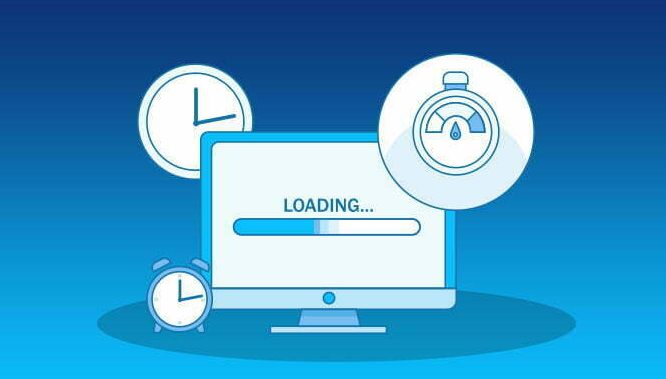
3. Choose the best hosting services
The quality and type of hosting services you choose play an important role in how your website works. To ensure and increase performance, it is essential to choose a provider and hosting solution that provides the computing power, storage space and bandwidth your website needs for fast loading. The best services are not the cheapest. Considering the cost of hosting services in Romania, any package costing less than 10 euros/month will not be enough, especially if you have an online store.
4. Update platforms and extensions
All major platforms and plugins in use make regular updates (mainly functional, performance or security). To ensure the best performance and increased security for all the applications you use, choose to update them periodically. As a rule, theme and plugin developers are very attentive and responsive to changes and updates made by WordPress and therefore provide the necessary updates along with the platform to make them compatible. If you do not have the necessary experience or are concerned that updated versions may affect the performance of other sites, call in specialized WP site maintenance services.
5. Optimize images, graphics and fonts
One of the reasons why a site is more difficult to load and move around is that page, image, and graphic sizes are (too) large. To improve performance, they should be reduced as recommended often in the site performance report. Image optimization is the process of reducing the dimensions without compromising the quality of images. There are three elements that greatly influence image optimization: format, compression ratio, and size. And for that there are various apps or plugins that can help a lot. For images, you can use Optimole, ShortPixel, and TinyPNG, or use WordPress modules like Smush or Optimus to help convert to smaller optimized formats (like webp).
When it comes to fonts, we recommend choosing fonts from the Google fonts list. This way you avoid downloading for each user, including the font in addition to the rest of the resources on the site.
6. Reduce the size of JavaScript and CSS files
A big issue reported on most sites (and WordPress in particular) is related to JavaScript and CSS file sizes. This reduces the overall size of the files, and therefore the size of the website itself, so that it can load faster in the user’s browser. After minification, the web server uses smaller and faster CSS and JavaScript files. This improves page loading speed without sacrificing functionality. This kind of modification can be done by calling numerous plugins for this kind of platform. Recommendations in this category include Autoptimize and WP Super Minify.
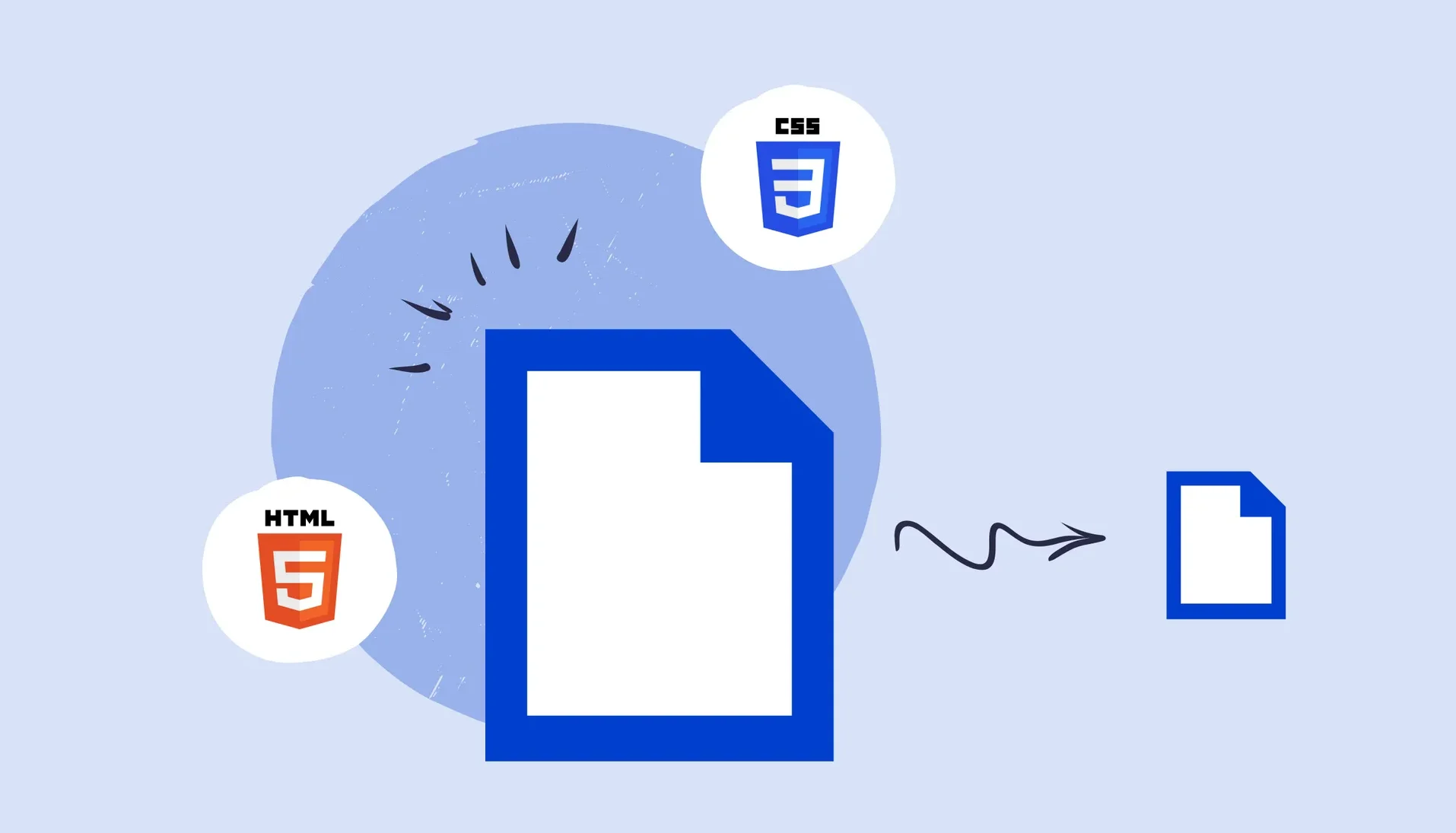
7. Install the WordPress caching plugin
This type of extensions is designed to statically save certain pre-calculated information (web pages), which will allow them to load faster, reducing interaction with the web server. Cache plugins thus solve part of the big problem: multiple database queries. Such a plugin has many advantages, including better performance for dynamic sites (perceived at the user level), with multiple accesses, better loading speed. Our recommendations for such tools are: W3 Total Cache and WP Super Cache.
8. Organize your WordPress database
If you have an older site, the data and files may be outdated or unhelpful. They can take up space and resources that are very useful for improving your site’s performance. For this operation, we recommend plugins such as: WP Optimize and Advanced Database Cleaner, which can identify and remove any data that is no longer used, multimedia files, unpublished content, unused applications. Deletion can also be done manually.

9. Use a CDN
If a site offers services with a large (international) geographic base, distance can sometimes be an issue in delivering the desired performance. To reduce the negative impact of remoteness, it is worth installing a CDN (Content Delivery Network). This will ensure that a copy of your website is stored on a different server closer to the customers’ access point in the targeted region, which will ensure better loading speeds. CDN services improve the performance of websites while reducing the consumption of local bandwidth. This type of service may be provided by the hosting provider you use. Important CDN providers are: Cloudflare, Amazon’s CloudFront.
10. Other optimization elements to consider:
- check the active page theme and the builder used – loading performance varies depending on the theme; the more complex the team and builder, the more code snippets and scripts it uses to deliver web pages;
- use as few plugins as possible; recommendation: do not use the plugin to install tracking codes for applications such as: google analytics, google ads, facebook pixel, hotJar, etc.;
tests theme, extensions and plugins compatibility; for most of the desired options, there are several modules that can help you, but not all of them are equally good or not all work equally well with an active theme on the site; - periodically monitor external scripts – some of them may cause response delays or loading speed. In conclusion, increasing the performance of your WordPress site is largely determined by optimizing the theme you choose, choosing, installing and optimizing the necessary plugins, compressing resource-intensive files, and increasing the loading speed. Equally important is the choice of hosting services appropriate to the needs and type of business, with the ability to secure and guarantee services in all target areas, both domestic and international. Keep in mind that sites built on WordPress require regular maintenance and updates to ensure performance and security.
